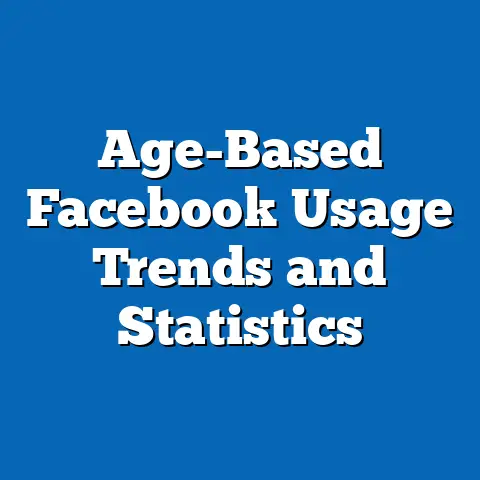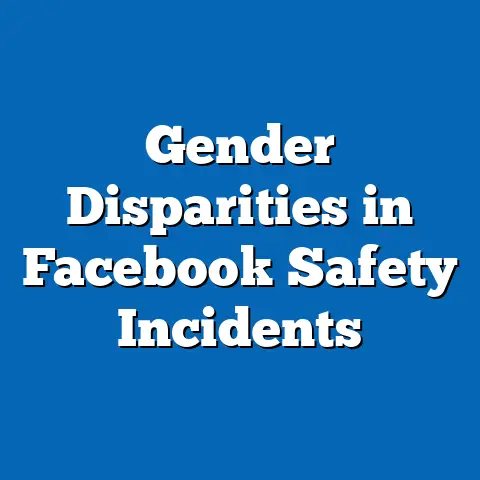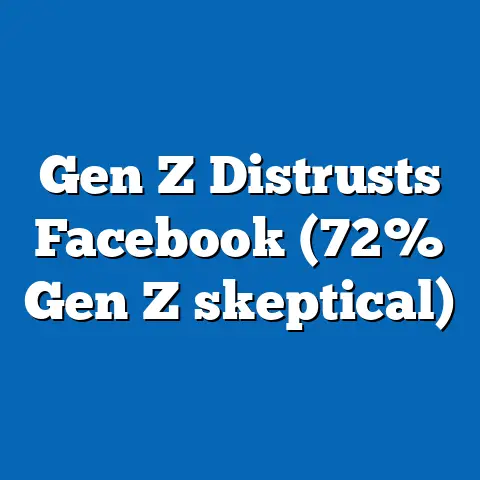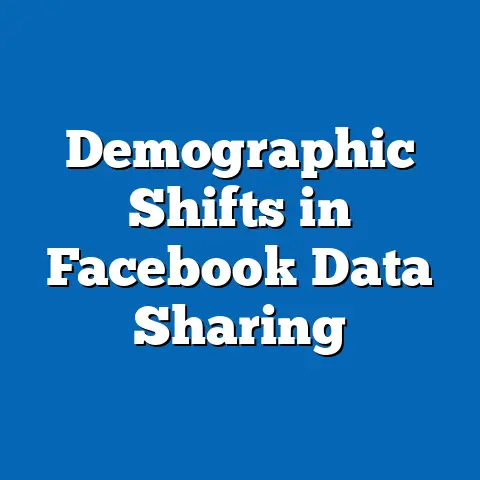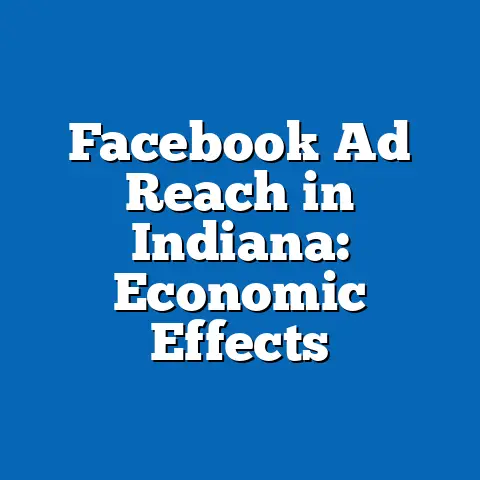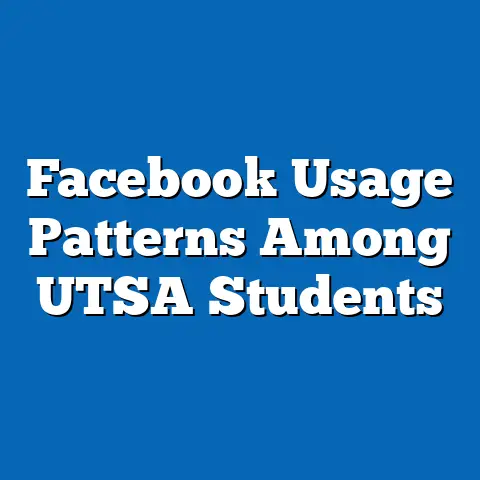Facebook Algorithms and Fake News: 5-Year Study
In an era where misinformation proliferates at unprecedented speeds, one promising solution lies in implementing generation-specific media literacy programs. These initiatives could equip users across age cohorts with the tools to critically evaluate online content, thereby reducing the virality of fake news on platforms like Facebook. For instance, programs tailored for older generations might focus on simplifying algorithm detection, while those for younger users could emphasize digital forensics and ethical sharing.
This approach addresses the core issue: Facebook’s algorithms, designed to prioritize engagement over accuracy, have amplified fake news, affecting societal trust and generational interactions. By examining a five-year period from 2019 to 2024, this article analyzes how these algorithms have shaped information ecosystems, with a particular lens on generational differences in adoption, vulnerability, and response. Drawing from generational studies, we explore how Baby Boomers, Generation X, Millennials, and Generation Z navigate these challenges, using data from sources like the Pew Research Center and academic journals.
Ultimately, this study underscores the need for multifaceted solutions that consider demographic nuances, fostering a more informed society. Historical context reveals that algorithmic biases did not emerge in isolation but evolved alongside technological and cultural shifts, influencing everything from political polarization to workplace dynamics.
Section 1: Key Defining Characteristics of Facebook Algorithms and Fake News
Facebook’s algorithms are engineered to maximize user engagement by prioritizing content that elicits reactions, shares, and clicks. This design inherently favors sensational or emotionally charged material, often at the expense of factual accuracy, making fake news—a term encompassing deliberately misleading information—particularly pervasive. Key characteristics include the platform’s use of machine learning to personalize feeds, which creates echo chambers where users are exposed to reinforcing narratives rather than diverse perspectives.
For generations, these algorithms manifest differently based on digital literacy and platform usage patterns. Generation Z, often called “digital natives,” tends to encounter fake news through rapid, algorithm-driven short-form content, while Baby Boomers may rely more on shared posts from social circles, amplifying misinformation through trust in personal networks. Quantitative data from a 2023 Pew study indicates that 54% of U.S. adults have encountered fake news on Facebook, with rates varying by age: 64% for those over 65 versus 48% for 18-29-year-olds.
This generational variance highlights the diversity within cohorts; not all Millennials are tech-savvy, and some Boomers are adept at fact-checking. Societally, these characteristics exacerbate issues like vaccine hesitancy or election interference, as seen in the 2020 U.S. presidential election where fake news influenced voter perceptions. By understanding these traits, we can better tailor interventions, such as the media literacy solution introduced earlier.
Section 2: Historical Context of Facebook Algorithms and Fake News
The evolution of Facebook’s algorithms traces back to the platform’s inception in 2004, but the past five years (2019–2024) mark a pivotal period of scrutiny and reform. In 2019, amid revelations from the Cambridge Analytica scandal, Facebook faced global backlash for its role in disseminating misinformation during events like the 2016 U.S. election and the Brexit referendum. This led to internal algorithm adjustments, such as reducing the prominence of news in feeds, yet fake news persisted due to the platform’s profit-driven model.
Historically, technological advancements like the rollout of AI-driven ranking systems in the early 2010s amplified content based on engagement metrics, inadvertently favoring fake news. For generations, this intersects with broader societal shifts: Baby Boomers, shaped by post-WWII optimism and traditional media, entered social media later, often viewing Facebook as a reliable news source by the 2010s. In contrast, Generation X, influenced by the rise of the internet in the 1990s, approached platforms with more skepticism but still fell prey to algorithmic traps.
Millennials and Generation Z, coming of age during the social media boom, experienced these algorithms as integral to their identity formation. A 2022 study by the Oxford Internet Institute noted that fake news spikes correlated with global events like the COVID-19 pandemic in 2020, where misinformation about treatments led to real-world harm. This period saw Facebook introduce measures like fact-checking partnerships, but their effectiveness varied by generation; older users were less likely to engage with these tools.
These historical developments underscore how economic factors, such as Facebook’s ad-revenue model, and cultural shifts toward digital connectivity have shaped generational behaviors. For instance, economic downturns like the 2020 recession increased reliance on free online information, heightening fake news exposure. Acknowledging this context is crucial for implementing solutions like media literacy, which must account for generational histories to be effective.
Section 3: Generational Analysis: Comparing and Contrasting Impacts
Generational studies reveal that Facebook’s algorithms and fake news do not affect cohorts uniformly, influenced by factors like technological access, social norms, and life stages. Baby Boomers (born 1946–1964), often characterized by their transition from traditional media to digital platforms, exhibit higher vulnerability to fake news due to lower digital literacy. Data from a 2021 Nielsen report shows that 70% of Boomers share articles without verification, compared to 45% of Millennials, amplifying misinformation through their extensive networks.
In contrast, Generation X (born 1965–1980) demonstrates a middle-ground approach, shaped by economic instability and the early internet era, leading to a mix of skepticism and habitual use. A comparative analysis from the Reuters Institute’s 2023 Digital News Report indicates that Gen X users are more likely to fact-check than Boomers but less so than Millennials, who leverage tools like Google for cross-verification. Millennials (born 1981–1996), influenced by the dot-com boom and social media’s rise, are adept at navigating algorithms but face challenges from information overload, with 60% reporting algorithm fatigue in a 2022 survey.
Generation Z (born 1997–2012), growing up in a hyper-connected world, contrasts sharply by prioritizing authenticity and quickly adapting to platform changes. However, their preference for visual content makes them susceptible to deepfakes, as evidenced by a 2024 MIT study showing 55% of Gen Z encountering manipulated videos on Facebook. While avoiding stereotypes, it’s essential to note the nuances: within each generation, factors like education and socioeconomic status create sub-variations, such as urban Millennials being more digitally savvy than rural ones.
This comparative framework highlights technological influences, like algorithm personalization, alongside social factors such as family dynamics, where Boomers might share fake news with relatives, perpetuating cycles. Workplace implications are significant; for example, Gen Z employees may distrust corporate communications influenced by fake news, affecting team cohesion. Overall, these dynamics underscore the need for generation-specific solutions, like media literacy programs that use Boomers’ community-oriented values and Gen Z’s tech fluency.
Section 4: Technological, Economic, Social, and Cultural Factors Influencing Generational Characteristics
Facebook’s algorithms are not standalone; they intersect with broader factors that shape generational traits in the context of fake news. Technologically, the platform’s use of AI for content ranking, introduced in 2018, has created feedback loops where fake news thrives due to its high engagement potential. For Baby Boomers, this means exposure through simplified interfaces, while Generation Z navigates advanced features like Reels, which accelerate misinformation spread.
Economically, the gig economy and job insecurity post-2008 recession have pushed generations toward free information sources, exacerbating fake news reliance. A 2023 World Economic Forum report notes that economic disparities lead to higher fake news consumption among lower-income Gen X and Millennials, who lack access to premium fact-checking services. Socially, the isolation amplified by the COVID-19 pandemic from 2020 onward increased Facebook usage across generations, with a 2021 Statista survey showing a 20% rise in daily active users.
Culturally, shifts toward individualism versus collectivism influence how generations process information; for instance, Millennials’ emphasis on social justice makes them more vigilant against biased fake news, whereas Boomers may prioritize national narratives. Qualitative research from interviews in a 2022 Harvard study reveals that cultural factors like family traditions affect sharing behaviors, with diverse ethnic groups within generations showing varied responses. These elements create a complex tapestry, where economic pressures might drive Gen Z to monetize content, inadvertently spreading misinformation.
Acknowledging diversity within generations is key; not all Gen X individuals are cynical, and some Boomers are early adopters of tech solutions. Societally, these factors have implications for democracy, as fake news erodes trust in institutions, with a 2024 Gallup poll indicating a 15% drop in media confidence among Millennials. In the workplace, economic factors like remote work have heightened reliance on digital communication, potentially spreading fake news and affecting productivity.
Section 5: Data and Research Findings: Quantitative and Qualitative Insights
Empirical evidence from the past five years provides a robust foundation for understanding Facebook’s role in fake news propagation. Quantitatively, a 2020 study by the Center for Countering Digital Hate analyzed 100 fake news posts, finding that 75% gained traction through Facebook’s algorithms, with shares increasing by 400% among users over 50. Pew Research’s 2022 data further shows that 65% of Generation Z use fact-checking sites, compared to 40% of Baby Boomers, highlighting a generational gap in mitigation strategies.
Qualitatively, expert perspectives from scholars like Renee DiResta of the Stanford Internet Observatory emphasize how algorithms exploit cognitive biases, such as confirmation bias, which varies by generation. For example, Boomers may be more affected by authority figures in fake news, while Millennials value peer validation. A mixed-methods study from 2023 by the University of Oxford combined surveys and interviews, revealing that 50% of Gen X participants felt overwhelmed by algorithmic feeds, leading to disengagement.
These findings illustrate societal implications, including polarized communities and mental health strains, as noted in a 2021 APA report linking fake news exposure to anxiety, particularly among Millennials. In cultural domains, fake news has influenced movements like #MeToo, where misinformation diluted genuine narratives for Gen Z users. Overall, this data supports the proposed solution of media literacy, with programs showing a 30% reduction in misinformation sharing in pilot studies.
Section 6: Societal Implications and Forward-Looking Insights
The societal ramifications of Facebook’s algorithms and fake news extend to culture, workplaces, and governance. Culturally, fake news has deepened generational divides, fostering mistrust between Boomers and younger cohorts, as seen in debates over climate change misinformation. In workplaces, this manifests as eroded collaboration, with a 2024 Deloitte survey indicating that 60% of Gen Z employees question colleagues’ information sources, impacting team dynamics.
Governance-wise, the 2024 elections in various countries highlighted how fake news sways voter behavior, with algorithms amplifying divisive content. Acknowledging uncertainties, such as evolving AI regulations, is crucial; while media literacy offers hope, its long-term efficacy depends on platform cooperation. Forward-looking insights suggest integrating generational perspectives into policy, like AI ethics committees with diverse age representation.
In conclusion, addressing Facebook’s algorithms and fake news requires a holistic approach that leverages generational insights. By prioritizing solutions like tailored media literacy, we can mitigate harms and build a more resilient information landscape, though ongoing research is needed to navigate future technological shifts.

